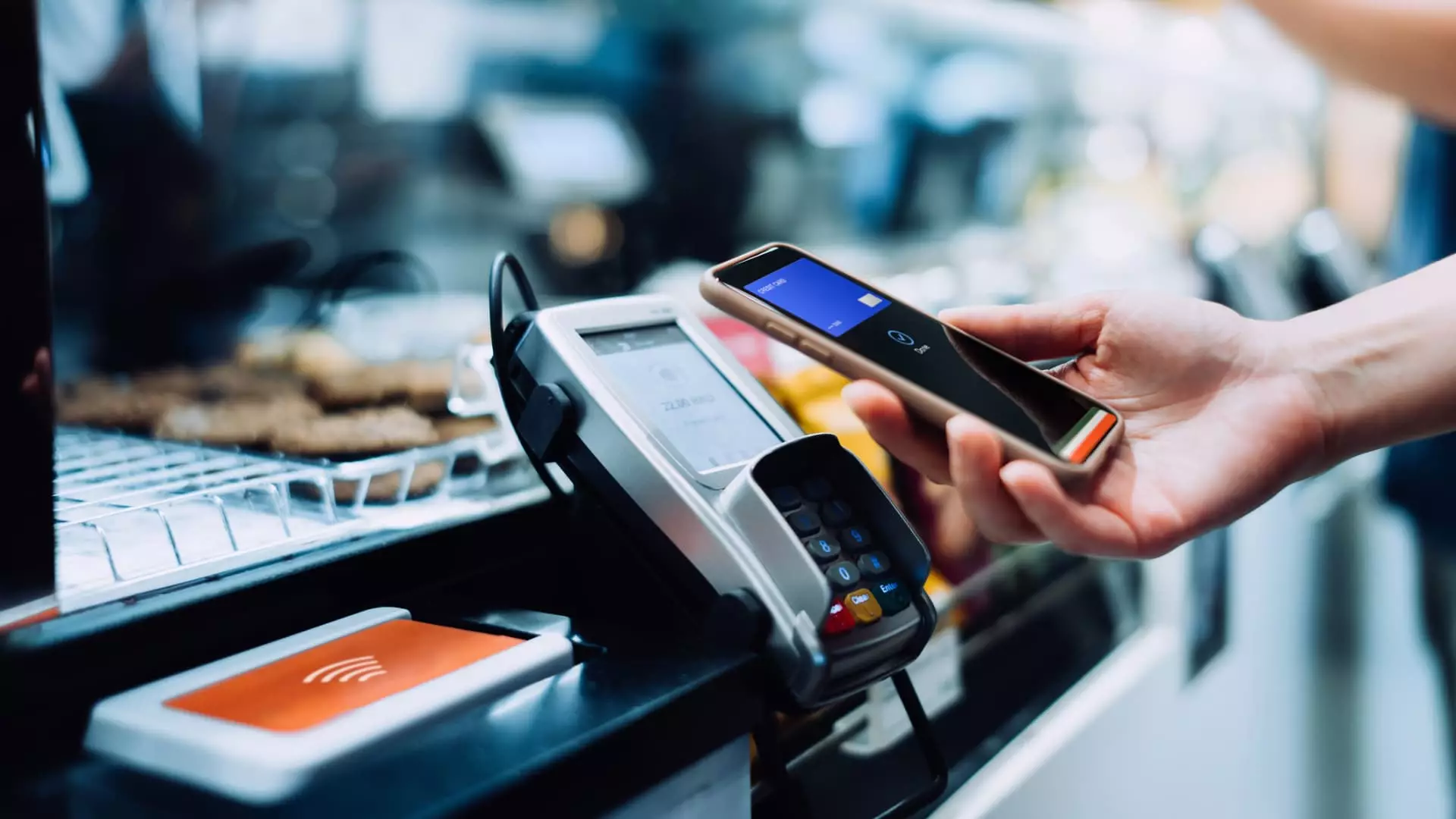The tussle between Venmo and Cash App not only epitomizes the shifting dynamics in the fintech industry but also serves as a case study in strategy, audience engagement, and platform evolution. As Venmo soars with impressive metrics following PayPal’s strategic oversight, Cash App appears to be ensnared in a quagmire, revealing the fragility of market leadership. The recent financial reports underscore a pivotal moment in peer-to-peer payments, as Venmo finds its footing while Cash App scrambles to regain stability. This landscape is not just about technological advancements; it’s a narrative of leadership, vision, and the stark realities of consumer engagement.
Venmo’s Winning Formula
With PayPal at the helm, Venmo has demonstrated a remarkable knack for capitalizing on user-friendly features and persistent innovation. Venmo’s 20% revenue growth in the first quarter speaks volumes about its strategy of integrating user experience with essential functionalities like instant transfers and the debunking debit card services. This had led to nearly two million new debit card users—a notable feat that is not merely a figure but speaks to PayPal’s commitment to transforming casual users into loyal customers. In a world where users expect value and seamless interaction, Venmo’s ability to offer financial products that users can easily comprehend and navigate is a game-changer.
PayPal has not only created a product that meets user needs, but it has also framed Venmo as a critical player in its broader e-commerce strategy. As the company capitalizes on features, its monetization per user trajectory indicates a thoughtful approach to maximizing revenue streams. Although the actual dollar figures remain undisclosed, the upward trends in user engagement paint a promising picture—a manifestation of a well-executed turnaround.
Cash App’s Growing Pains
On the flip side, Cash App’s recent missteps serve as a cautionary tale for the industry. With social media mogul Jack Dorsey at the helm, Cash App’s lackluster revenue report was a shock to stakeholders who anticipated growth. Dorsey’s candid acknowledgment of the platform’s underperformance suggests that the company’s competitive edge might be faltering, a reality that could have serious implications for its market share. While Cash App touted a 10% gross profit growth to $1.38 billion, the alarming drop in gross payment volume signals deeper issues.
The dissonance between growth figures and some user experiences is striking. Users have expressed dissatisfaction with Cash App’s perceived limitations, which causes a disconnect between user expectations and platform capabilities. If a peer-to-peer payment service fails to resonate as a genuine banking alternative, it risks losing relevance in a tech-savvy world where consumers demand integrated financial solutions.
Engagement: The Holy Grail of Fintech
Engagement and user trust have emerged as the holy grail for fintech companies, and in this battle, Venmo appears to have the upper hand. The transformation of casual users into loyal customers relies not just on innovative offerings but also on the ability to instill a sense of trust and accessibility. PayPal emphasizes its progress in turning engagement into profit, while Cash App grapples with awareness and perception issues. The disparity is alarming; it seems that Cash App’s users are still hesitant to regard it as a true banking service, exposing a vulnerability that needs urgent addressing if the platform hopes to compete effectively.
Moreover, the introduction of features like Cash App Borrow may represent an attempt to pivot its strategy, yet this feels more like a band-aid than a solution to the underlying perceptions that plague the platform. Without a recalibration of how users engage with the app, cash-strapped individuals might opt for more user-friendly alternatives, leading to a further entrenching of user dissatisfaction.
The Future: A Collision of Strategies
As these two titans of peer-to-peer payments vie for supremacy, their trajectories underscore a larger narrative about market evolution and consumer expectations. Venmo’s innovative trajectory enshrines it as a model for growth, while Cash App’s struggle highlights the importance of staying attuned to user experience and financial perceptions. The cautious optimism surrounding Venmo’s performance juxtaposed against Cash App’s apprehension encapsulates a moment of reflection for all emerging fintech platforms. With consumer preferences constantly shifting, the stakes are higher than ever, making it crucial for both platforms to adapt or risk obsolescence.

Leave a Reply